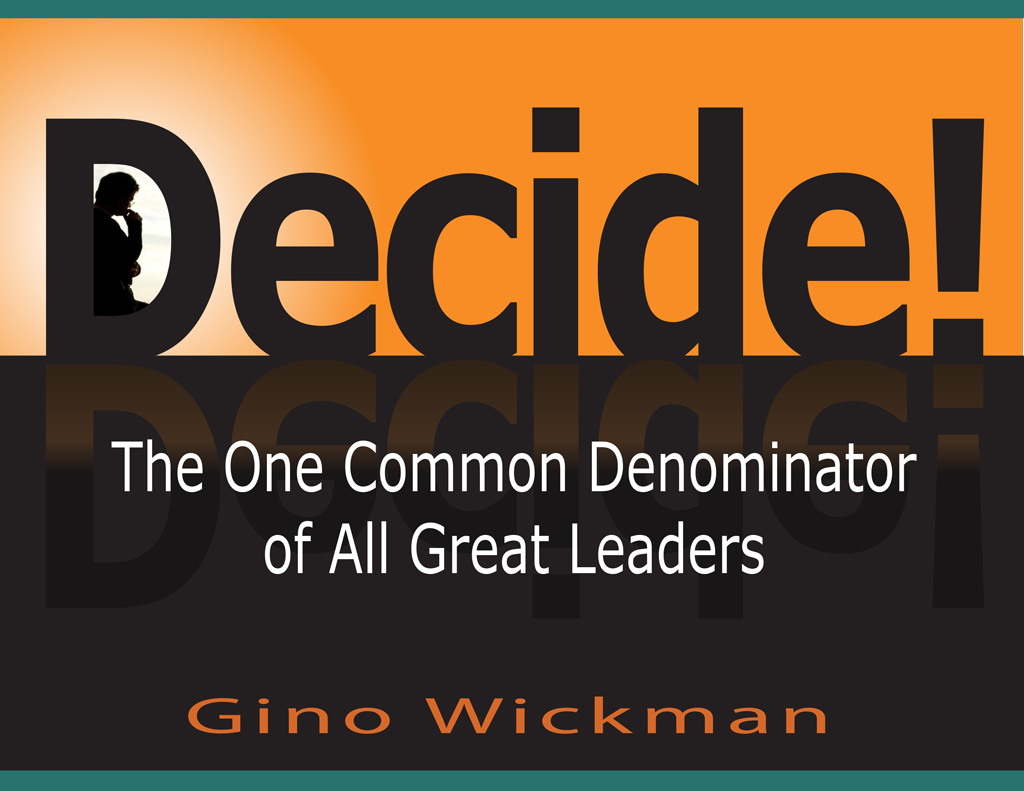In our last blog, we introduced the notion that many of the most successful and enduring companies have, or had, an inside/outside leadership pair—what my EOS® colleagues and I call a Visionary and Integrator team. As we illustrated last week, Visionaries and Integrators couldn’t be more different in terms of how they lead and problem solve. They are the Yin and the Yang of leadership. Today we’ll discuss the key characteristics of Visionaries and Integrators to better explain how they complement each other.
We’ll start with the key characteristics of a Visionary.
A Visionary:
- Is often a founding entrepreneur
- Has lots of ideas
- Is a strategic thinker
- Always sees the big picture
- Has a pulse on the industry and target market
- Loves the research and development of new products and services
- Is easily distracted
- Manages big relationships (e.g. customer, vendor, industry)
- Keeps the company culture alive (provides inspiration)
- Leads with emotion
- Is good at creative problem solving (handles big problems)
- Creates the company vision and protects it
- Typically sells and closes big deals
- Gets involved with customers and employees when needed
- Loves to connect the dots
- Occasionally does the work, provides the service, makes the product
In short, Visionaries are passionate, big picture people who are easily distracted and love to put 100 pounds in a 50 pound bag. As you can imagine, they are pretty good at creating chaos. For this reason, organizations that are run by Visionaries typically find themselves yearning for more stability and control. Often times this stability comes in the form of Integrators.
Unlike a Visionary, an Integrator has the unique ability to manage daily issues as they come up while also integrating all the major functions of the business–sales, marketing, client services, operations, and finance – into one harmonious group. Put simply, the Integrator acts as the glue that keeps the team together.
Here are some other key characteristics typically associated with an Integrator. An Integrator:
- Has clarity
- Excels at communication
- Provides resolution
- Has focus
- Is accountable
- Promotes team unity
- Leads with logic
- Is good at project management
- Follows through
- Serves as the tie breaker
- Removes obstacles and barriers
- Prioritizes
- Drives execution
- Is a steady force
- Beats the drum
- Is accountable for P&L results
- Executes the business plan
- Leads, manages, and holds the leadership team accountable
As we pointed out in Part One, most of us get that we cannot be great at all things or be all things at once. I’m curious if you have ever met anyone who genuinely possesses the key characteristics of both a Visionary and an Integrator. If you have, I would love to hear about her or him and the success of her/his firm in the comment section below.
In our next couple of blogs, we will continue to discuss Visionaries and Integrators. We will provide an overview of how the typical Visionary/Integrator team leads while referring to what we call the Accountability Chart. We’ll also go over the essential ingredients necessary for any great V/I team, discuss why most organizations eventually falter without a strong V/I team, and explain what to do if you don’t have both or lose one member of a V/I team. When the series is done, we hope you will have a pretty good sense for why V/I teams are not only powerful but almost essential for enduring success.
Until then, be well.




